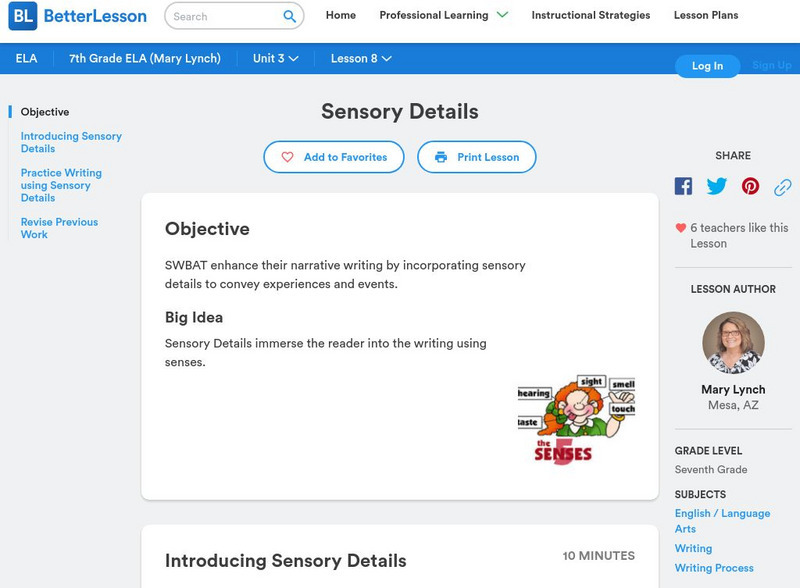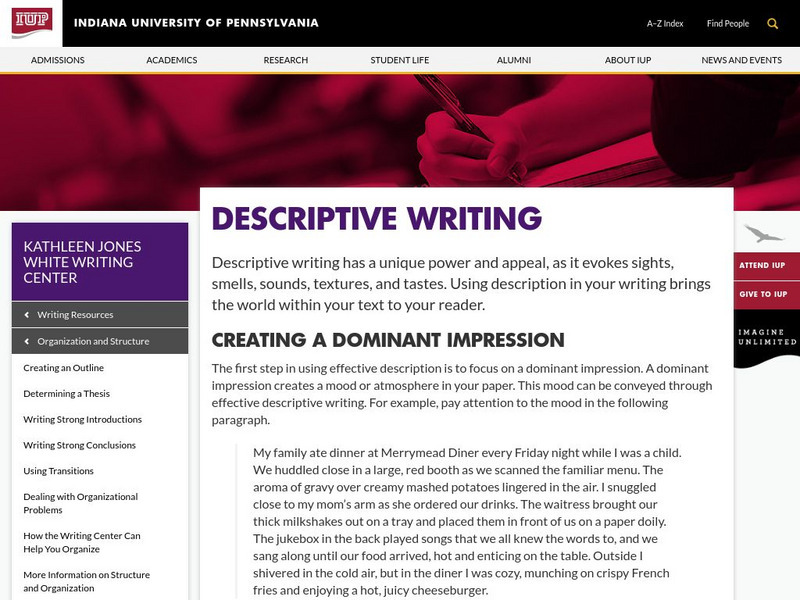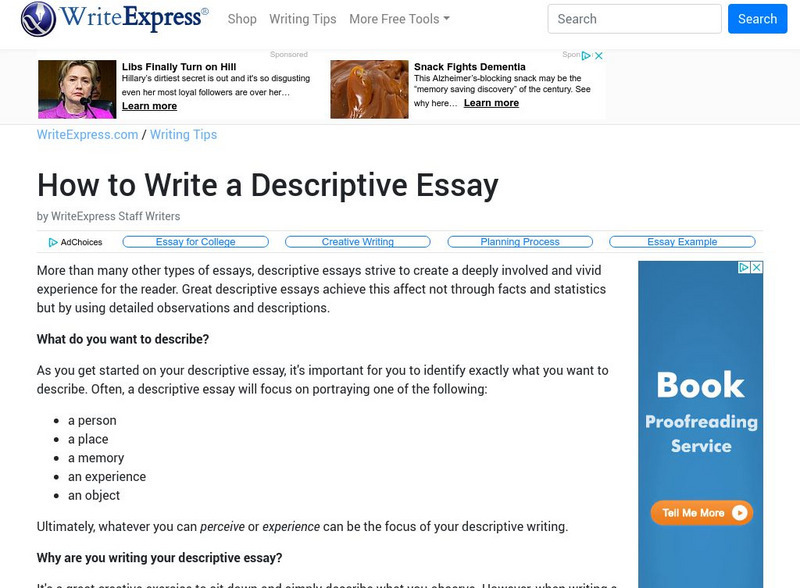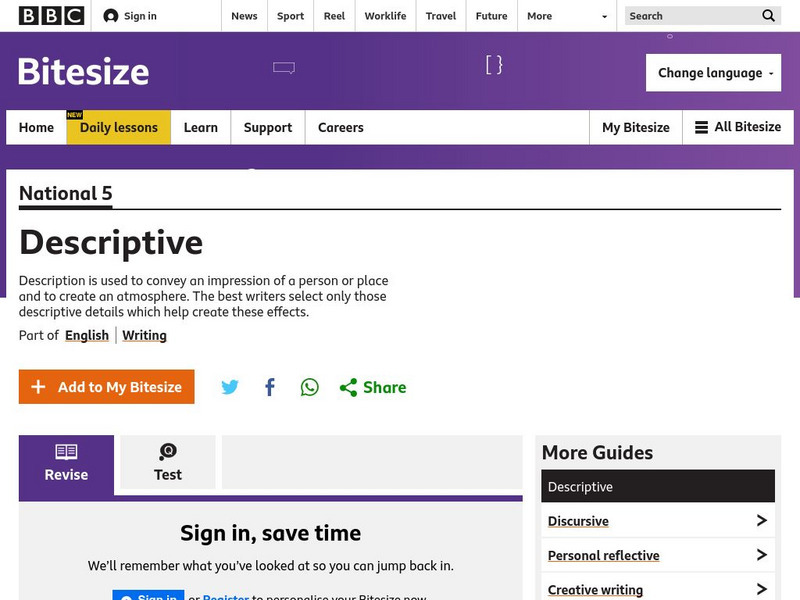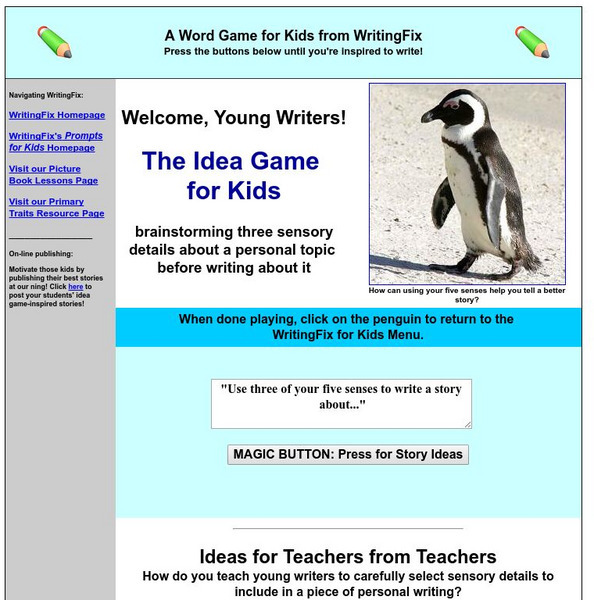Better Lesson
Better Lesson: Developing Characters and Experiences With Sensory Language
Adding sensory languages makes your writing so good you can see, hear, smell, taste and touch it. This lesson will show you how to use descriptive sensory language in order to develop and capture the experiences and characters in a...
Writing Fix
Writing Fix: Starting & Stopping With Strong Imagery: Revision Strategy
In this lesson, students will engage in revising their writings to incorporate sensory images. Students will brainstorm topics of places, away from their home, that are special. Then students will choose and then write a descriptive...
Writing Fix
Writing Fix: Bizarre Foods With Ralph Fletcher: A Narrative Revision Lesson
For this lesson, Ralph Fletcher's writing style is introduced to student writers. Students will write a rough draft about a time they ate, or a time when they saw someone else eat, something unusual. Then students will read and analyze...
Georgia Department of Education
Ga Virtual Learning: Ninth Grade Literature and Composition: Descriptive Writing
This lesson focuses on descriptive writing including discussing what it is and the chararacteristics. It provides links to the web articles: "How to Write a Descriptive Essay," "5 Model Descriptive Paragraphs," "MLA Formatting and Style...
Georgia Department of Education
Ga Virtual Learning: Descriptive Writing: Similes, Metaphors, Cliches, Hyperbole
This lesson focuses on figurative language used in descriptive writing including similes, metaphors, cliches, hyperbole. It offers multiple links to websites pertaining to figurative language in descriptive and creative writing; an...
Utah Education Network
Uen: Third Grade Writing Lesson #1/ Descriptive Prompt
Given a descriptive writing prompt, 3rd graders will include precise word choices and sensory language in a piece of writing about their favorite place.
Other
Study.com: How to Use Descriptive Details & Sensory Language in Your Writing
When you write a narrative, you can draw your reader into your experiences by adding specific, concrete details and sensory language to your storytelling. This lesson tells you exactly how to do it. W.9-10.3d Precise/sensory details,...
Other
Waunakee Community School District: Sensory Words [Pdf]
A list of sensory words are included on this site. These words are organized according to each "sense" category. W.9-10.3d Precise/sensory details
Sophia Learning
Sophia: Writing Narratives
Notes, a PowerPoint presentation, two videos, a song, an exercise, and a game help students to understand how to write a narrative. Elements of a narrative as well as the use of figurative language and sensory images are introduced and...
Better Lesson
Better Lesson: Sensory Details
Students will learn how to enhance their narrative writing by incorporating sensory details to convey experiences and events. A power point presentation on sensory details is included.
Grammar Check
Grammar Check: How to Write a Descriptive Essay
This article provides seven steps to follow when writing a descriptive essay. Ideas for ways to incorporate sensory details are emphasized. W.9-10.3d Precise/sensory details
Other
Indiana Univerisity of Pennsylvania: Writing Center: Descriptive Writing
This website from the Writing Center at Indiana Univerisity of Pennsylvania focuses on descriptive writing. It includes discussion and examples of the following: Creating a dominant impression or mood, using sensory details, using vivid...
Other
Writing World: Four Ways to Bring Settings to Life
A great resource outlining four major ways to make settings appear more real and genuine in fiction. Deals with themes such as motion, experience, mood, and the senses. W.11-12.3d Sensory/precise lang narratives
Writing Fix
Writing Fix: Exploring a More Specific Story
In this lesson, Ralph Fletcher's Marshfield Dreams is used as a mentor text. Students will write stories about an important friendship in their life. Then students will revise and attempt to make sure their writings have stayed on topic,...
The Write Place
Literacy Education Online: Sensory Details
This site provides several sample sentences which show sensory details and aid students in writing specific rather than general sentences. It is a good site for someone preparing to write a descriptive essay. W.9-10.3d Precise/sensory...
Writing Fix
Writing Fix: Colorful Sensory Poems
This lesson plan allows students to explore color - both in literal and figurative terms. Students will read books about color, discuss the emotion involved with color, and incorporate color metaphors to write poems using the graphic...
Writing Fix
Writing Fix: The Sum of Its Parts
Inspired by Julianna's understanding (from the novel Flipped by Wendelin Van Draanen) that "A painting is more than the sum of its parts," learners will describe a memorable place that evokes a certain feeling or emotion. Students will...
Other
Write Express: How to Write a Descriptive Essay
This website focuses on how to write a descriptive essay including identifying subject, purpose, incorporating sensory images, and quick tips for planning, drafting, and revising the essay. It also provides links to related articles.
Other
Fiction Writing Tips: Creating a Vivid Setting
Some excellent guidelines to consider when evaluating your setting in a short story or novel. Discusses the importance of setting, some examples, as well as practical advice in setting your story. W.11-12.3d Sensory/precise lang narratives
Alabama Learning Exchange
Alex: Gummy Worm Writing
This activity is designed to introduce descriptive writing. It can be used in grades 3-5. [Requires Adobe Reader.]
Other
Tesol: Sensory Details Worksheet: Adding Details Add Interest
Use this worksheet to practice enhancing your writing by using sensory language. Sensory details include words that describe sights, sounds, and smells of the setting, characters, and interactions.
BBC
Bbc Bitesize Revision: Describing Scenes
As part of a revision and writing section of BBC Bitesize focusing on specific forms of writing, this site discusses describing scenes as a type of descriptive writing. W.9-10.3d Precise/sensory details
John F. Kennedy Center
The Kennedy Center: Oceans: A Sensory Haiku
In this lesson plan, young scholars use the ocean and their five senses as inspirations to create their own unique haikus. Lesson provides assessment criteria and a list of sources.
Writing Fix
Writing Fix: A Word Game for Kids: The Idea Game for Kids
How can using your five senses help you tell a better story? Young writers brainstorm three sensory details about a personal topic before writing a story about it. If they need help with ideas, they can click the magic button for story...
Other popular searches
- Writing Sensory Words
- Using Sensory Words in Writing
- Writing Using Sensory Detail
- Sensory Writing Prompts
- Sensory Writing Rubric
- Rubric for Sensory Writing
- 5th Grade Sensory Writing
- Writing Sensory Poetry
- Multi Sensory Writing
- Writing With Sensory Details
- Sensory Writing Activities



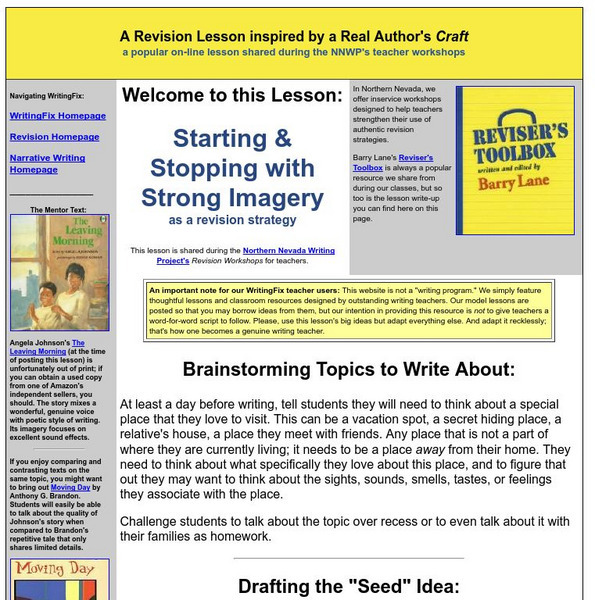
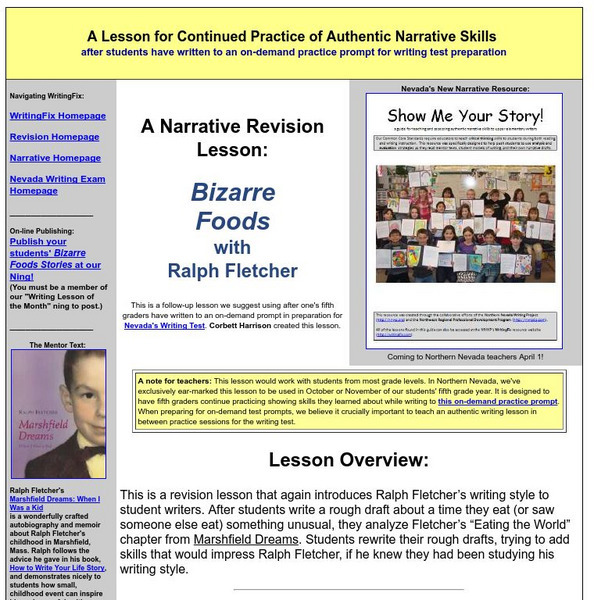
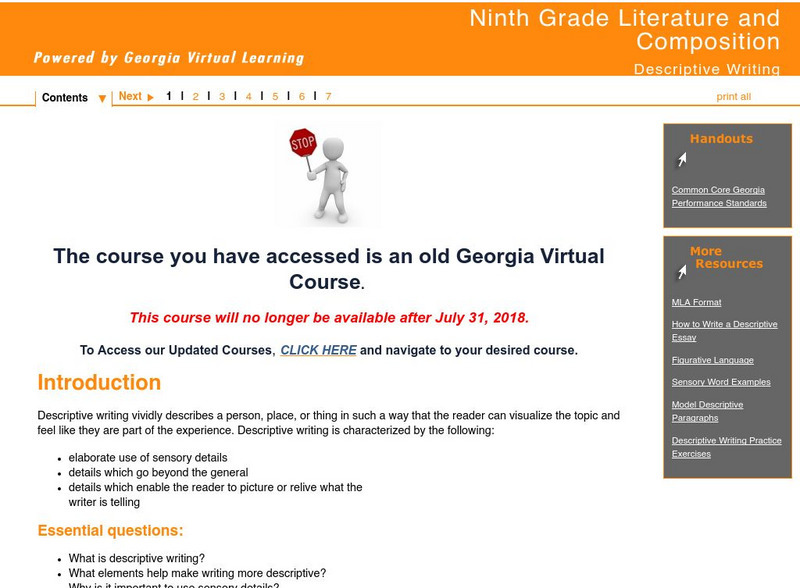
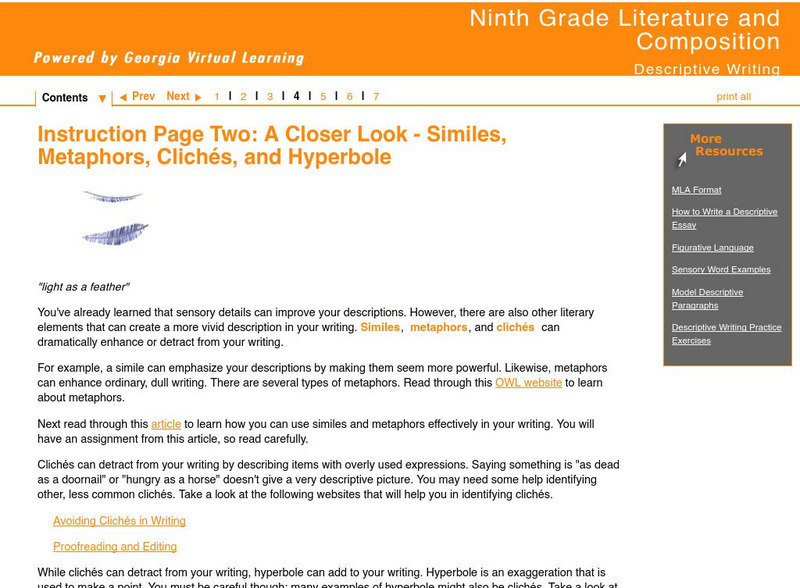


![Waunakee Community School District: Sensory Words [Pdf] Handout Waunakee Community School District: Sensory Words [Pdf] Handout](https://d15y2dacu3jp90.cloudfront.net/images/attachment_defaults/resource/large/FPO-knovation.png)

